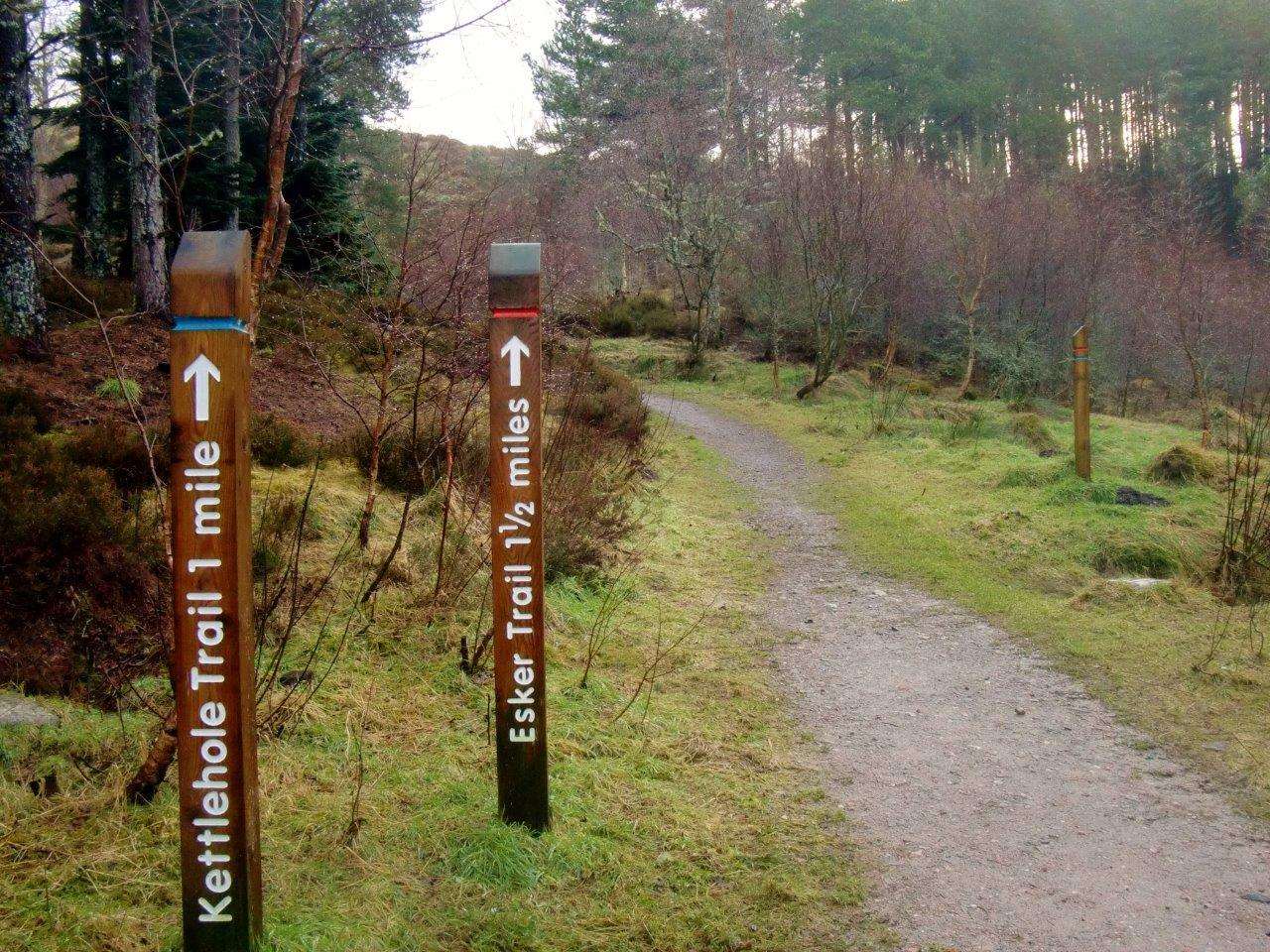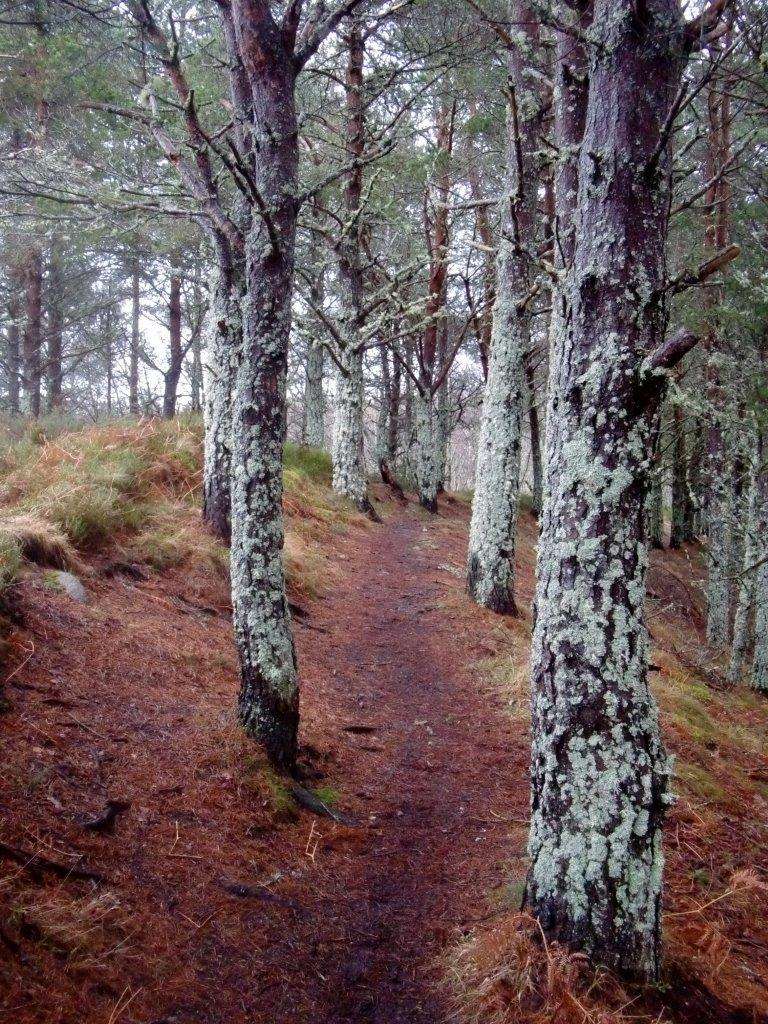Eskers and kettle holes
Register for free to read more of the latest local news. It's easy and will only take a moment.
THE last ice age is reckoned to have ended in Scotland around 14,000 years ago. It was responsible for sculpting the landscape, with giant glaciers gouging out glens, transporting and depositing rock debris.
The Great Glen itself was formed by glaciers, but there are less dramatic, intriguing formations to be seen just a couple of kilometres west of the A9 at the Forestry Commission’s Littlemill site near Inverness.
Walks here take you along eskers – winding ridges composed of stratified sand and gravel deposited by glacial streams – which look a bit like railway embankments. Alongside them are kettle holes, features left behind when huge buried blocks of ice melted.
This walk links all three of the marked trails at Littlemill and makes the best of opportunities to view the glacial features.
It’s great family walking territory, especially if youngsters in the party are interested in learning more about geology and land formation.
From the Littlemill car park, located off the B851 Fort Augustus road, head along the track ahead, which goes up a short, steep slope to reach an information board marking the red, blue and yellow trails.
Turn right here along the first esker. A large lochan comes into view with a bench overlooking it and an open outlook to the moorland east of the A9.
Coming down off the esker there’s a finger post marker telling you that the lochan is a kettle hole and that its edges support a range of plants such as reeds, sedges and rushes – a haven for dragonflies in summer.
The path continues along the forest floor with a red waymarker confirming the way. At a clearing the yellow route veers right along a well-surfaced forest track.
The track passes through a patch of gorse with a large boulder off to the left and another finger post. This one imparts that the boulder is a glacial erratic, once carried along by the ice and dumped when it melted.
It also says that some erratics are distinct rock types only found in certain parts of Scotland, so the distance the glacier carried them can be determined.
The track reaches another clearing where a left turn should be made to stay on the circuit. At a fork, take the left-hand path which goes up a short slope to a yellow waymarker.
Carry on to a second fork and go right along another esker. There’s a good view of the moorland beyond now, which today had a smattering of snow on it. Continue straight on passing a red waymarker.
The path begins to descend gently with a burn for company below on the right. Keeping straight on the route goes through an avenue of trees with lichen dripping from the branches – a testament to the air quality here.
A slope is reached with a fence on the right preventing access to Mid Lairgs minerals quarry, mined for the sand and gravel deposited by glacial activity.
“Keep out” signs further along the fence warn of a police firing range.
At a path junction turn right, following the fence line around the edge of the quarry. It goes up a slope onto another esker with a blue waymarker on the way up.
At the top there’s a view out over a disused part of the quarry, which is now flooded.
Continue on to reach another finger post with details about the quarry, with quarrying prevented on the area where you’re standing because of its designation as a site of special scientific interest.
The path passes more kettle holes and drops down off the esker to complete the circuit at the top of the slope near the beginning of the walk.
Route details
Littlemill forest trails
Distance 3.5 miles / 5.5km
Terrain Waymarked forest paths, muddy in places
Start/finish Littlemill forest car park off B851, just over 2km west of A9 heading towards Fort Augustus
Map OS Explorer 417, Monadhliath North
A short but very attractive walk linking three trails, passing through some prominent glacial features










